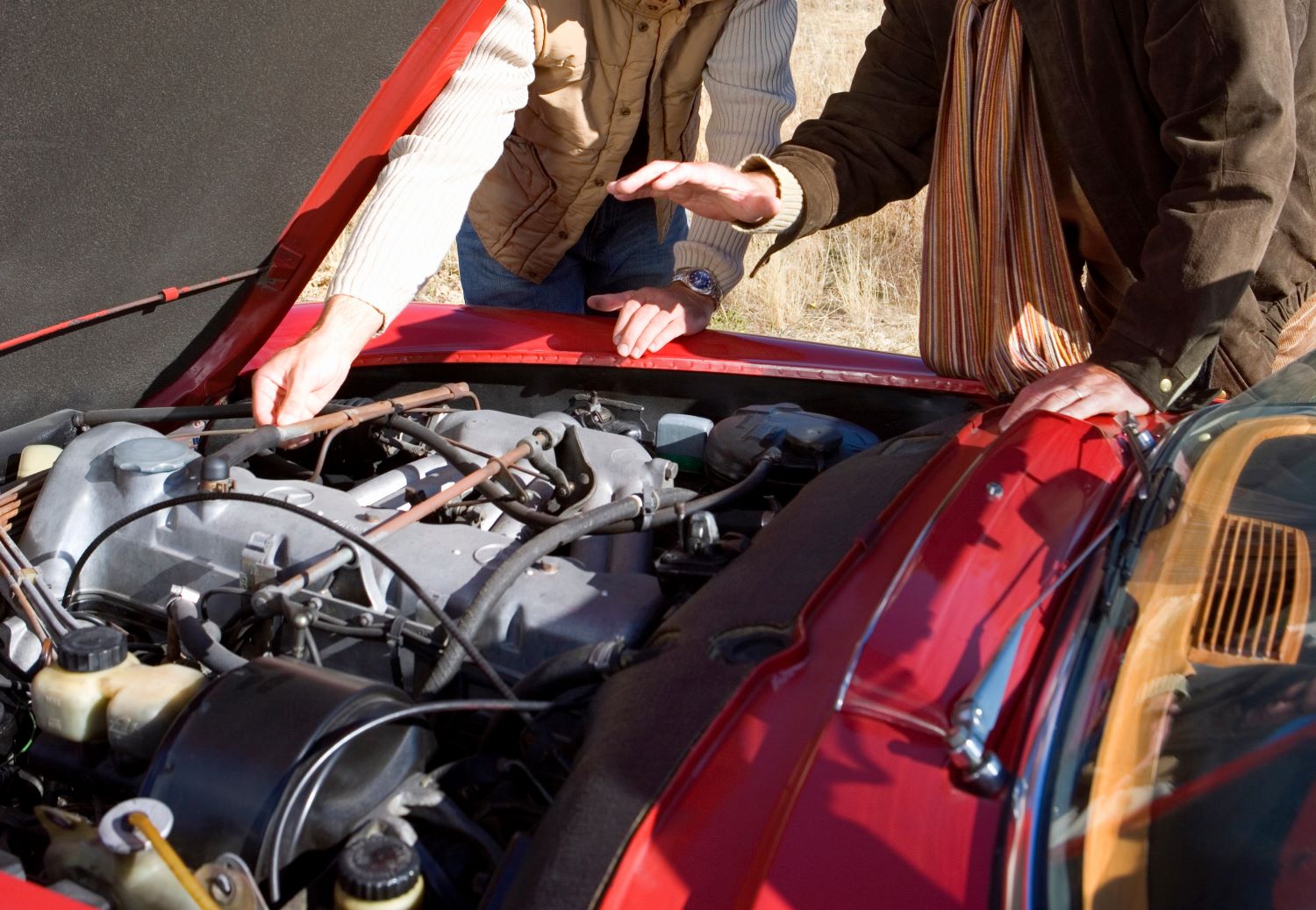Fuel pumps are designed to pump liquid, not air, and the increased pressure inside the fuel lines keeps the fuel pump from being able to keep the fuel moving. Web vapor locking primarily happens in cars with carbureted engines, but since electronic fuel injection replaced carburetors in the 1980s, most car owners don’t have to deal with this issue anymore. Run rough, experience rough idle, lack power, hesitate on acceleration, surge, This extreme heat vaporizes the fuel in the carburetor and fuel pump. So, how can you prevent your car from succumbing to vapor lock?
From experience, an electrical component failed based upon heat and mileage of the vehicle. There are several symptoms that may point to vapor lock. When your engine is warm, it may. Vaporized fuel creates back pressure in your fuel system and prevents gas from getting to your engine. Vapor lock occurs when the liquefied fuel gets too hot and vaporizes.
This extreme heat vaporizes the fuel in the carburetor and fuel pump. There are several symptoms that may point to vapor lock. Most enthusiasts tend to focus on the pressure side of the fuel delivery system when the real problems are more likely located on the low pressure or inlet side of the pump. It commonly occurs when a car has been idling or has been turned off and then back on. Once the fuel changes state from a liquid to a gas, a fuel pump can no longer move the fuel, which causes the engine to hesitate and stall.
Vaporized fuel creates back pressure in your fuel system and prevents gas from getting to your engine. The automobile engine has to work harder during the hot summer days. This disrupts the operation of the fuel pump, causing loss of feed pressure to the carburetor or fuel injection system, resulting in transient loss of power or complete stalling. From experience, an electrical component failed based upon heat and mileage of the vehicle. Web vapor lock occurs when the fuel in the fuel line vaporizes, creating a blockage that prevents the engine from receiving the correct mixture of air and fuel it needs to start.
The automobile engine has to work harder during the hot summer days. Vapor lock is caused by heat. The fuel must be maintained in liquid status all the time for it to run and get to the engine at the right time with the right frequency. This extreme heat vaporizes the fuel in the carburetor and fuel pump.
With Vaporized Fuel In The System, It Starts To Run Lean, Preventing The Proper Amount Of Gas From Reaching The Engine.
This extreme heat vaporizes the fuel in the carburetor and fuel pump. This is a problem because pumps designed for liquid do not pump vapor very well. Web vapor lock happens when your fuel boils in your carburetor or your fuel line. Vapor lock is a term used to describe when fuel changes from a liquid to a vapor before it arrives at the carburetor.
Vapor Lock Most Often Happens With Older Models That Contain A Carburetor And Mechanical Fuel Pump.
Web definition & description. Fuel pumps are designed to pump liquid, not air, and the increased pressure inside the fuel lines keeps the fuel pump from being able to keep the fuel moving. Web what is a vapor lock in a car engine? When it happens, it disrupts the correct air to fuel ratio and prevents fuel from reaching the specific fuel lines, resulting in engine stops.
It Is Very Unlikely That A Fuel Injected Engine Is Vapor Locked (Even At 108 Degrees).
Here are some tips and tricks to help you avoid this common issue: Web vapor lock is a condition that results when gasoline is heated, which causes it to vaporize. Web vapor lock happens when the temperature of fuel gets high enough to transform liquid into a vapor state. Web definition of vapor lock.
Vapor Lock Is A Common Problem That Can Occur In Cars, Particularly Older Models Or Those With Carbureted Engines.
Vapor lock occurs when the liquefied fuel gets too hot and vaporizes. Web vapor lock occurs when the fuel in the fuel line vaporizes, creating a blockage that prevents the engine from receiving the correct mixture of air and fuel it needs to start. It commonly occurs when a car has been idling or has been turned off and then back on. This problem is most commonly associated with carbureted engines.
The result is fuel starvation causing the engine to run rough or completely. Web vapor lock indicates that the fuel is vaporized in the fuel line or the carburetor. Fuel pumps are designed to pump liquid, not air, and the increased pressure inside the fuel lines keeps the fuel pump from being able to keep the fuel moving. Web vapor lock occurs when the car engine gets heated up with continuous acceleration and deceleration. Web vapor lock occurs when the fuel in the fuel line vaporizes, creating a blockage that prevents the engine from receiving the correct mixture of air and fuel it needs to start.










Ads